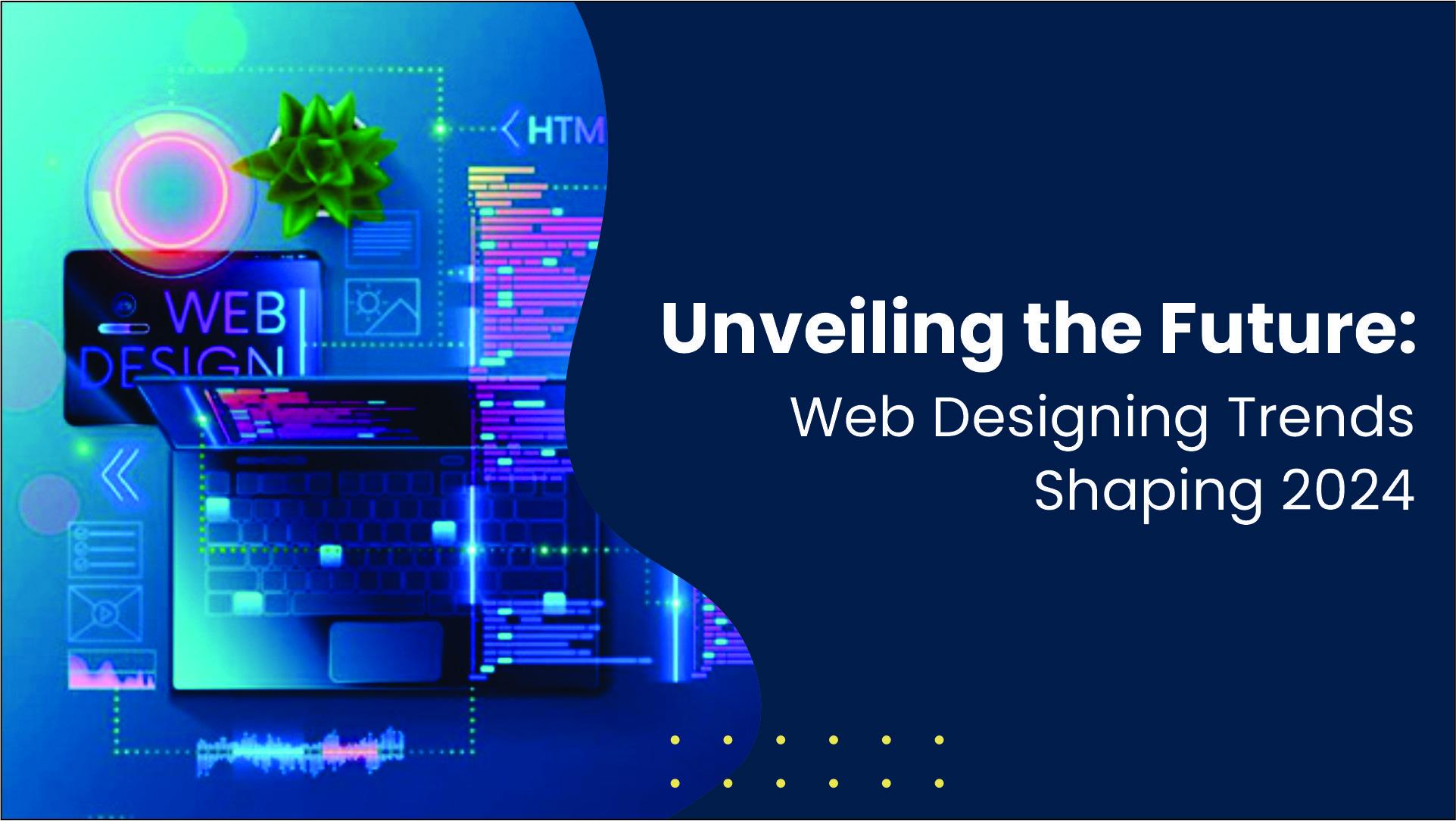News
Read the Montek Today
Explore the news article about technology,
Digital Marketing and global staffing.
Unveiling the Future: Web Designing Trends Shaping 2024

As we step into 2024, the world of web design is poised for a transformative journey, marked by innovation, creativity, and user-centricity. From immersive storytelling and interactive animations to minimalist aesthetics and inclusive design, web designers are pushing the boundaries of creativity and technology to craft compelling digital experiences that captivate audiences and drive engagement. This comprehensive news piece delves into the latest trends, techniques, and predictions shaping web designing in 2024, offering insights into how designers can stay ahead of the curve and create meaningful connections with users in the digital age.
1. Immersive Storytelling and Visual Experiences
In 2024, web designers are embracing the power of immersive storytelling and visual experiences to captivate audiences and convey brand narratives in compelling ways. From full-screen video backgrounds and parallax scrolling effects to interactive 3D graphics and virtual reality (VR) elements, designers leverage multimedia storytelling techniques to engage users' senses and evoke emotional responses.
Moreover, immersive web experiences enable brands to create memorable interactions, establish emotional connections, and leave a lasting impression on users, driving higher levels of engagement, retention, and brand loyalty. By integrating immersive storytelling into web design, designers can elevate user experiences, differentiate brands, and foster deeper connections with audiences in an increasingly competitive digital landscape.
2. Minimalism and Simplified User Interfaces
In 2024, minimalism emerges as a dominant trend in web design, as designers prioritize simplicity, clarity, and usability in crafting user interfaces that delight and inspire. Minimalist design principles, such as clean layouts, generous white space, and intuitive navigation, enable designers to create visually appealing and user-friendly interfaces that prioritize content and functionality over decorative elements.
Moreover, minimalist design promotes faster load times, improved performance, and enhanced accessibility, ensuring seamless experiences across devices and platforms. By embracing minimalism in web design, designers can streamline user journeys, reduce cognitive overload, and enhance usability, ultimately delivering more satisfying and memorable experiences for users.
3. Inclusive Design and Accessibility
In 2024, inclusive design and accessibility take center stage in web design, as designers prioritize creating digital experiences that are accessible to users of all abilities and backgrounds. From designing for keyboard navigation and screen reader compatibility to ensuring color contrast and text readability, designers integrate accessibility considerations into every aspect of the design process.
Moreover, designers leverage AI-driven accessibility tools and plugins to automate accessibility testing, identify potential issues, and implement remediation strategies to ensure compliance with web accessibility standards and guidelines. By embracing inclusive design principles, designers can create more equitable, user-centric, and empowering digital experiences that cater to diverse user needs and preferences.
4. Personalization and User-Centric Design
In 2024, personalization emerges as a key focus area in web design, as designers leverage data-driven insights and user feedback to create tailored, contextually relevant experiences that resonate with individual users. From dynamic content recommendations and personalized product recommendations to adaptive user interfaces and custom user journeys, designers prioritize creating experiences that anticipate and meet users' unique needs and preferences.
Moreover, designers integrate user-centric design principles, such as user research, usability testing, and iterative design, into the design process to ensure that digital experiences are intuitive, efficient, and enjoyable for users. By embracing personalization and user-centric design, designers can foster deeper connections with users, drive engagement and conversion rates, and create more meaningful and memorable experiences in the digital age.
5. Sustainability and Green Design
In 2024, sustainability and green design emerge as important considerations in web design, as designers prioritize creating digital experiences that minimize environmental impact and promote eco-friendly practices. From optimizing website performance and reducing carbon emissions to using renewable energy and eco-friendly materials, designers integrate sustainability principles into the design process to create more environmentally responsible and sustainable digital experiences.
Moreover, designers collaborate with clients, stakeholders, and industry partners to raise awareness about the environmental impact of digital technologies and advocate for sustainable design practices. By embracing sustainability and green design, designers can contribute to a more sustainable and regenerative future, where digital experiences coexist harmoniously with the natural world.
Conclusion
As we embark on the journey of web designing in 2024, designers are poised to create transformative digital experiences that captivate, inspire, and empower users in new and exciting ways. From immersive storytelling and minimalist aesthetics to inclusive design and sustainability, the future of web design is characterized by innovation, creativity, and a relentless commitment to user-centricity.
By embracing the latest trends, techniques, and principles in web design, designers can stay ahead of the curve and create meaningful connections with users in the digital age. As we navigate the opportunities and challenges of web designing in 2024 and beyond, one thing remains clear: the future of web design is bright, bold, and full of endless possibilities for creativity, innovation, and impact.


Date : 2024-05-17 | By : Montek | Category: web-design